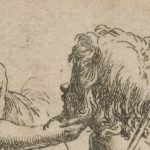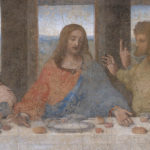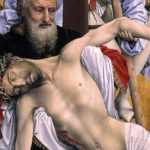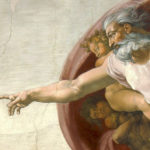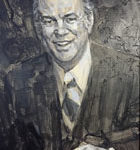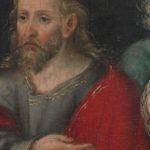
Common sin grows out of human nature. It is even found in innocent infants. A recent study offered evidence that prejudice was found in the individual before any outside education gave it added impetus and negative belief and/or conduct. The preferences of the child in reaching for and receiving this or that in a human presentation created some satisfaction for the emerging infant. Denial of the preferred thing was met with negative response and some mistreatment or misrepresentation of the alternative choice offered. Neither the individual nor society appears to know how to manage the negatives drawn from the flaws of human nature, which in theology is identified as evidence of depravity. Depravity is heartily disliked as a word and… Read more

